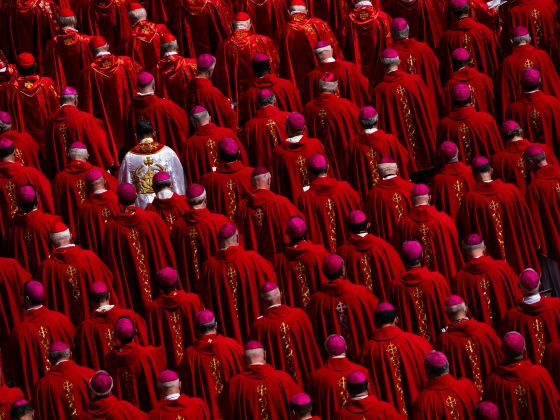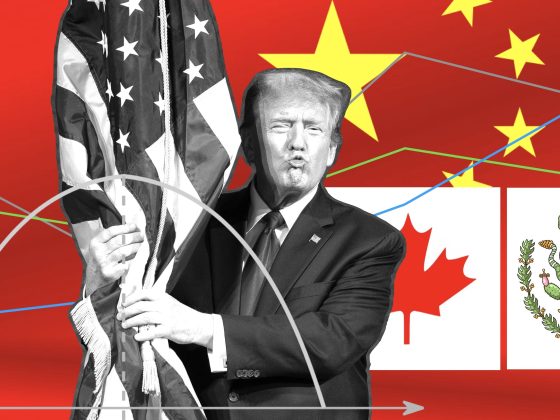The Global Crisis revealed the limits of the existing analytical toolbox in mapping key empirical facts that played out vividly during the crisis (Gertler and Kiyotaki 2011). Prior to the crisis, macroeconomic models largely neglected the role of banks in the transmission of monetary policy, while empirical analyses were beset by weak identification strategies.
When the crisis erupted, there was an unprecedented effort to develop new models and use newly available granular datasets. The major central banks responded to the crisis by implementing a wide array of unconventional monetary policy measures, which ignited an intense debate on the implications of these measures on financial stability.
In a recent paper (Albertazzi et al. 2020), we take stock of the numerous empirical analyses on the different mechanisms underlying the relationship between monetary policy and bank stability. We review microeconometric studies, drawing from the academic literature as well as from analyses conducted internally at the ECB. In doing so, we provide a critical assessment of the available analytical toolbox and suggestions on modelling directions. A companion paper assesses theoretical macroeconomic models offering a more structural perspective (Cozzi et al. 2020).
The emerging picture indicates that prior to the crisis, monetary policy stimulated banks’ risk-taking, which helped to prolong an unusually long upswing in the credit cycle. However, other structural developments such as deregulation in the banking industry or securitisation probably had a much larger impact on the pre-crisis build-up of risk.
Interestingly, there is only scant evidence that monetary policy had a significant influence on differences in lending across banks as posited by the traditional bank lending channel. A caveat is that this was a period of benign credit conditions, and bank conditions tend to hamper the transmission of monetary policy mostly during banking crises.
Unconventional monetary policy and the Global Crisis
An assessment of the ECB’s unconventional monetary policy measures shows that they had, on balance, positive effects on bank stability. The deployment of such measures was prompted by challenges to macroeconomic stability of historic proportions, so any evaluation of the measures has to be confronted with a counterfactual of a major systemic disruption. Indeed, while the measures may create adverse spillovers on the banking system, such effects tend to be counterbalanced by the measures’ primary, stabilising effect on the economy. Moreover, the design of these measures has been adapted over time to mitigate adverse financial spillovers.
We group these unconventional monetary policy measures into three broad categories.
- The first set of measures addressed dislocations in sovereign bond markets. They had reversed the excessive widening of sovereign spreads that was detrimental, inter alia, to banks’ funding and capital positions. While the attendant improved capacity of banks to bear risks may have spurred excessive risk-taking by some institutions, evidence for this is limited.
- The second block of measures targeted dysfunctionalities in funding markets by facilitating the provision of liquidity to banks. By stemming an abrupt deleveraging in banks, the liquidity injections acted as a decisive circuit breaker, which was crucial to financial stability. There is evidence, however, that banks in the more stressed euro area economies most likely used the additional liquidity from the three-year refinancing operations to purchase domestic sovereign debt, thereby reinforcing the sovereign-bank nexus. Thus, the subsequent round of long-term liquidity operations – the so-called targeted long-term refinancing operations – included incentive schemes to ensure that the funding provided to banks supported lending to firms and households.
- The third set of measures aimed at providing additional monetary accommodation when the policy rate reached the zero lower bound. It includes negative interest rates, forward guidance, and large-scale asset purchases. These measures helped to compress the yield curve, which was detrimental to banks’ interest margins. However, this adverse effect on bank profitability has been offset by the positive impact that the measures had on the economy, thereby reducing provisioning costs and expanding intermediation volumes.
Key messages
First, our review shows that the quantitative importance, and nature, of monetary policy spillovers on bank stability are strongly dependent on the prevailing macro-financial environment. In a context of strong credit growth, as in the pre-crisis period, accommodative monetary policy may have contributed to raising the appetite for risk, but other factors played a more relevant role in the build-up of underlying risks.
After the outbreak of the Global Crisis, monetary policy acted as a decisive circuit breaker that sustained financial stability. It prevented a major economic meltdown and helped avoid disruptive equilibria that became plausible at the time. However, this benign assessment of the monetary policy interventions may change over time as some of their less desirable side effects become accentuated.
These findings suggest the need to combine unconventional monetary policy measures with counterbalancing policy measures, which often go beyond monetary policy. These measures could include, among others, enacting certain macroprudential measures and strengthening the banking union.
Second, the effectiveness – and the potential spillovers – of unconventional monetary policy measures depends crucially on their design. For instance, in the euro area, the decision to include corporate bonds in the quantitative easing programme acted as a catalyst encouraging corporate bond issuances. In a similar vein, enhancing the design of liquidity injections with appropriate incentive schemes proved useful in reducing adverse effects.
Third, as the effects of monetary policy on bank stability can be hard to detect in real time, it is useful to look beyond current, or existing, economic conditions. In this respect, past evidence often provides a compass for assessing effects and formulating policies (e.g. Peek and Rosengreen 1997, Laeven and Majnoni 1995).
Fourth, despite major improvements in methodologies, we identify important limitations in the existing analytical toolbox. Macro models have become progressively richer, but they still fail to give a realistic account of the financial sector, and this limits their ability to provide policy advice.
For example, difference-in-differences analyses based on microdata are precise in identifying the local effects of certain policies, but encounter major limitations to quantifying aggregate effects. Both micro and macro models are unable to assess the impact of monetary policy vis-à-vis a scenario entailing a systemic collapse of the banking sector. Failure to take them into account implies that the beneficial financial stability spillovers of certain monetary policy measures could be largely underestimated.
Disclaimer: The views expressed in this column are those of the authors only. They do not necessarily represent the views of the European Central Bank, its Executive Board or the ECB management. We are grateful to Alberto Martin for very useful suggestions. ECB Technical papers feature research-based analysis conducted within the Research Task Force (RTF) on the interaction between monetary policy, macroprudential policy and financial stability. The RTF is chaired by Luc Laeven (ECB) and coordinated by Angela Maddaloni (ECB) and Caterina Mendicino (ECB).
References
Albertazzi, U, F Barbiero, D Marques-Ibanez, A Popov, C Rodriguez D’Acri and T Vlassopoulos (2020), “Monetary policy and bank stability: The analytical toolbox reviewed”, European Central Bank Technical Paper No. 2377.
Cozzi, G, M Darracq-Paries, P Karadi, J Koerner, C Kok, F Mazelis, K Nikolov, E Rancoita, A Van der Ghote and J Weber (2020), “Macroprudential policy measures: Macroeconomic impact and interaction with monetary policy”, European Central Bank Technical Paper No. 2376.
Gertler, M, and Kiyotaki, N (2011), “Financial intermediation and credit policy in business cycle analysis”, in B Friedman and M Woodford (eds), Handbook of Monetary Economics Vol. 3A: 547–99.
Peek, J, and E Rosengren (1997), “The international transmission of financial shocks: The case of Japan”, American Economic Review 87(4): 495–505.
Laeven, L, and Majnoni, G (2003), “Loan loss provisioning and economic slowdowns: Too much, too late?”, Journal of Financial Intermediation 12(2): 178–97.









